11 Tools Every Gardener Should Clean and Store Before Winter Hits
As winter approaches, it’s important to prepare your gardening tools for the colder months ahead. Properly cleaning, sharpening, and storing your tools will help prevent rust, disease buildup, and damage, ensuring they remain in top condition for next season. Taking a little time now to care for your tools can save you money and effort in the long run, keeping them ready for when spring gardening arrives. Follow these simple tips to maintain your tools and extend their lifespan.
This post may contain affiliate links, which helps keep this content free. Please read our disclosure for more info.
Shovel
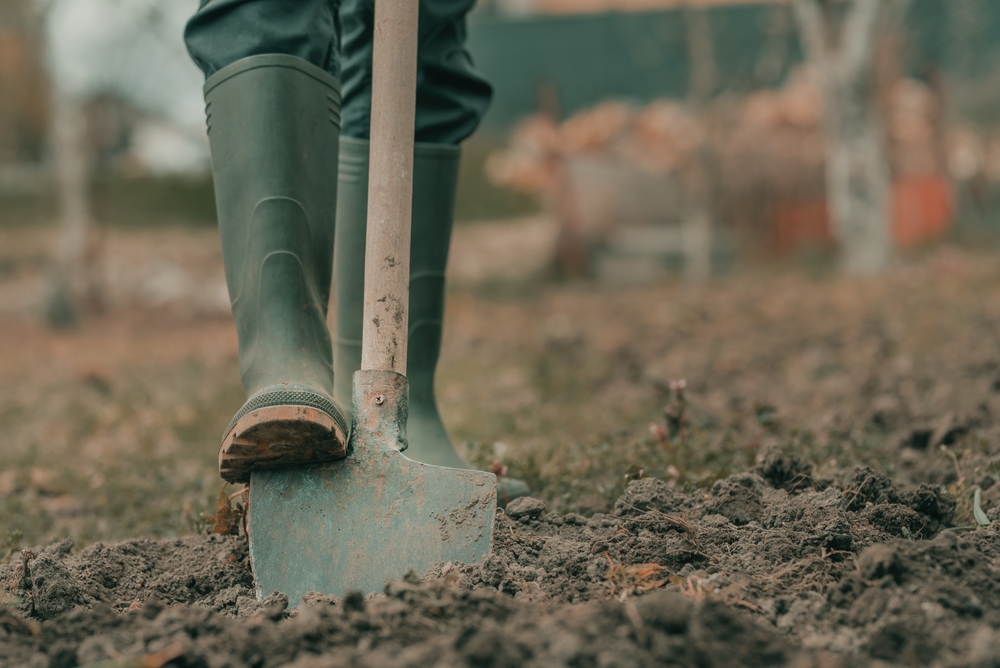
Shovels are among the most essential tools in any garden. Over time, the metal blades can accumulate dirt, moisture, and organic material, which can cause rust if not cleaned properly. Before storing your shovel for the winter, remove any dirt or plant matter by scraping off excess soil and washing it with a hose or bucket of water. Once cleaned, dry the blade thoroughly with a cloth to avoid any lingering moisture that could lead to rust.
Sharpen the edge of the shovel to maintain its effectiveness for future digging tasks. A sharp shovel makes your work easier and ensures cleaner cuts in the soil. Once the shovel is cleaned and sharpened, apply a thin layer of oil, such as motor oil or vegetable oil, to the blade and metal parts to prevent rusting. Finally, store your shovel in a dry place, away from humidity, to prolong its lifespan.
Pruners
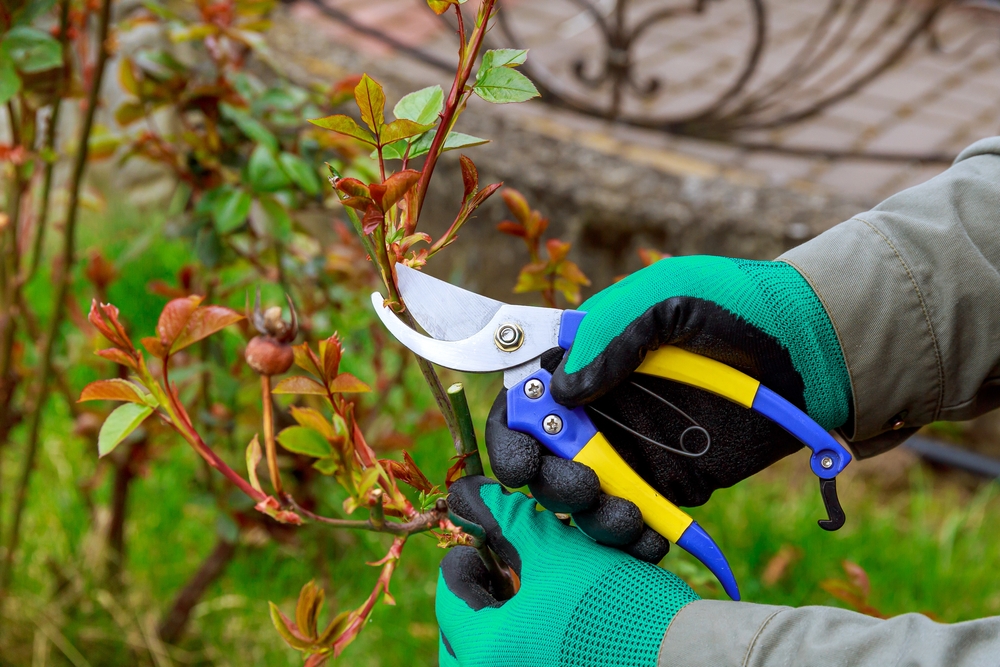
Pruners are used frequently for trimming plants, and over time, sap, dirt, and plant juices can accumulate on the blades. These residues can cause the pruners to become sticky and dull. To properly maintain your pruners before winter, start by thoroughly cleaning the blades to remove any sap and debris. A simple scrub with warm, soapy water and a wire brush can help remove the buildup.
Once cleaned, sanitize the blades with rubbing alcohol to kill any bacteria or fungal spores that might cause disease in your garden next season. Sharpen the blades to ensure smooth, precise cuts that will promote plant health. After sharpening, apply a light coating of oil to the moving parts to prevent rust and keep them working smoothly. Store your pruners in a dry place to keep them in optimal condition for when you need them next.
Rake
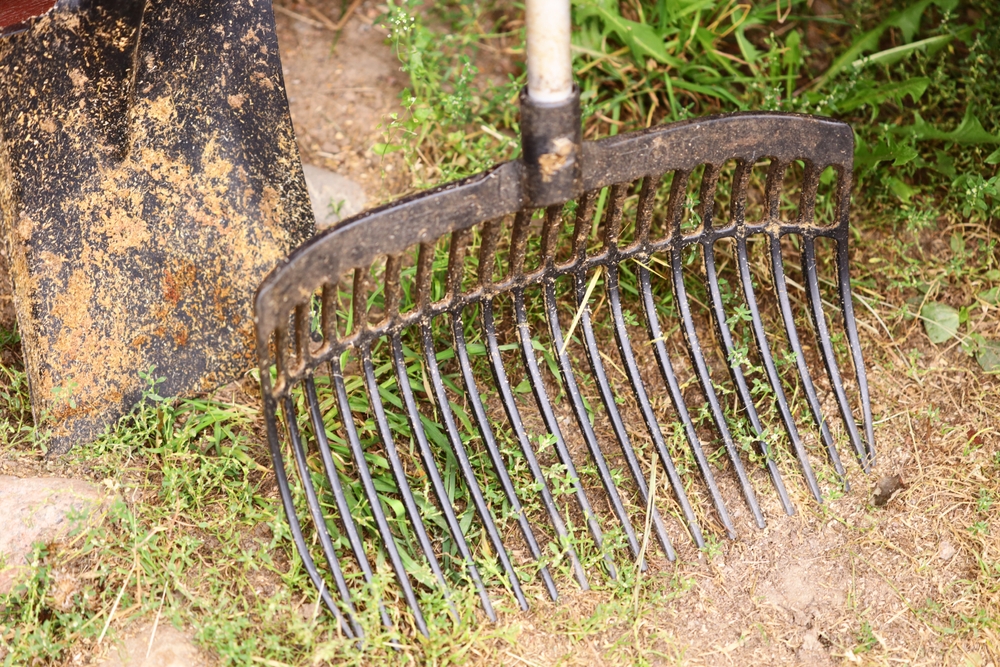
Rakes are exposed to a lot of dirt and plant matter, especially during the fall when leaves are collected. Leftover debris can cause the tines to become clogged and may even result in mold or mildew growth. To maintain your rake, start by removing any dirt, leaves, or other debris stuck between the tines. Afterward, wash the rake with water and let it dry completely to avoid rusting.
Check the rake’s tines for any damage, such as bending or breakage. If any tines are out of shape, straighten them or replace the rake head if necessary. Finally, apply a thin layer of oil to the metal parts to prevent rusting. Storing your rake in a dry, sheltered area will help keep it functional and ready for use in the spring.
Hoe
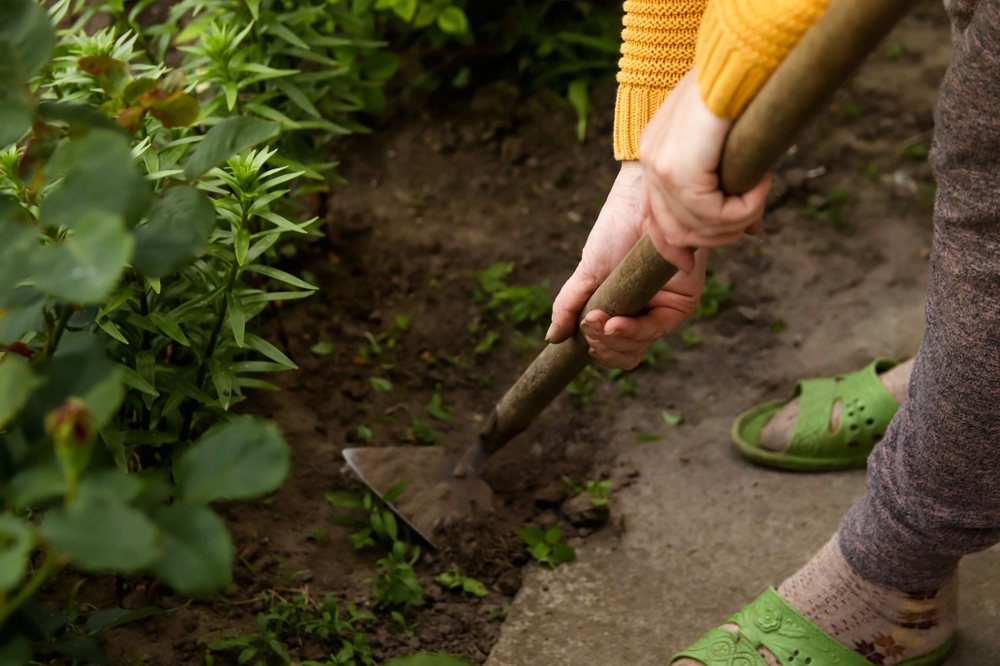
A hoe is an essential tool for weeding and breaking up soil, but it can become covered in dirt, plant matter, and even fertilizer residues. These residues can cause the metal blade to rust over time if not properly cleaned. To clean your hoe, remove any dirt or organic material by scraping it off with a wire brush or using a cloth. Once clean, rinse the blade to remove any remaining dirt and dry it thoroughly.
After cleaning, sharpen the hoe’s blade to keep it effective for cutting through soil and weeds. A sharp edge helps you work efficiently, making it easier to chop through weeds and break up hard soil. Once sharpened, coat the metal parts with oil to prevent rust and ensure smooth operation. Store your hoe in a dry place, away from moisture, to avoid any rusting during the winter months.
Wheelbarrow
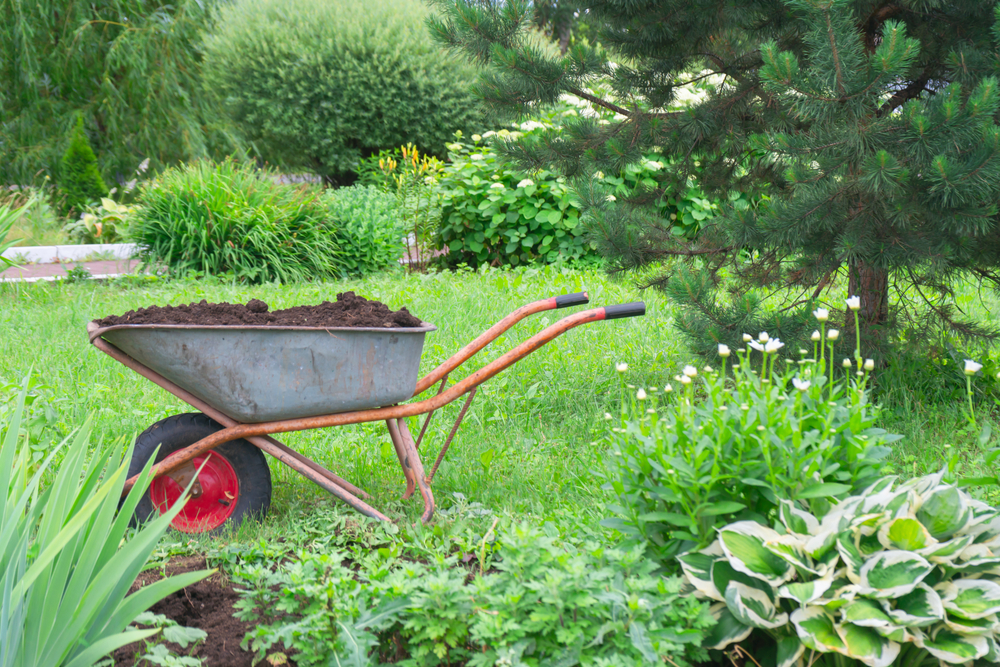
Wheelbarrows are exposed to various weather conditions and heavy loads, making them prone to wear and tear. Before winter sets in, it is essential to clean off dirt, mud, and other materials that have accumulated on the wheelbarrow. A simple rinse with water followed by wiping down the metal parts will prevent corrosion.
Check the wheelbarrow’s tires for any air loss and ensure they are properly inflated. If the tires are rubber, consider applying a silicone-based lubricant to the wheel to keep it moving smoothly. Additionally, examine the handles for splinters or damage. A good coat of oil or wood conditioner will protect the wooden handles from cracking during the colder months. Store the wheelbarrow in a dry place, ideally off the ground, to extend its lifespan.
Trowel
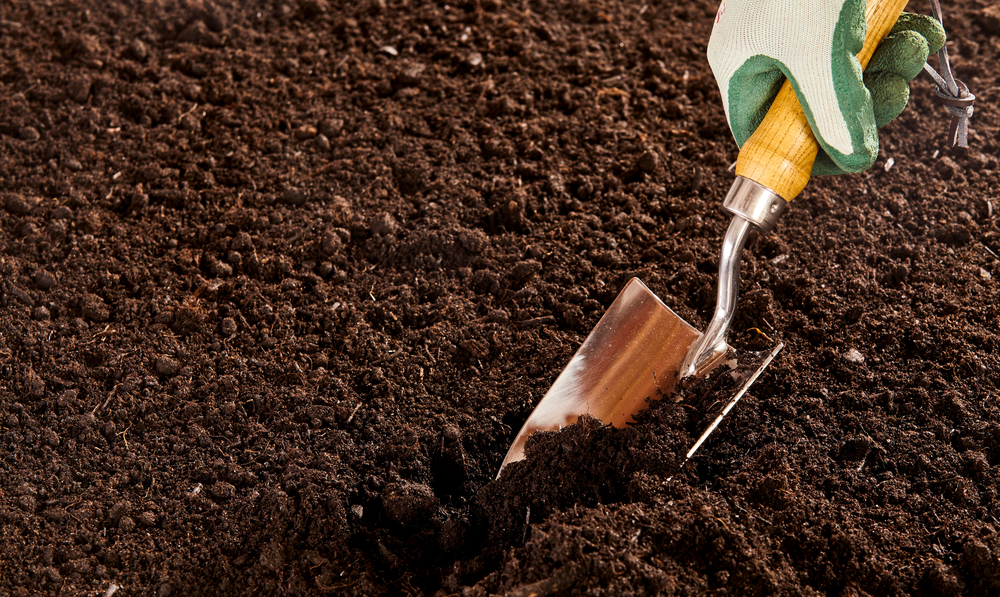
Trowels are often used for planting, weeding, and digging in small areas. Since they are frequently used in the dirt, it’s important to clean them thoroughly after every use to prevent soil and moisture from causing rust. Scrub off dirt and mud with a brush or sponge, and rinse the trowel to ensure it’s clean. Once the trowel is free from dirt, dry it completely to avoid rust from forming.
Sharpen the blade of the trowel to ensure it can cut through soil efficiently when needed next season. Use a sharpening stone or file to maintain a sharp edge. Afterward, apply a thin layer of oil to protect the metal parts from rust and store them in a dry location to keep them in top condition.
Spade
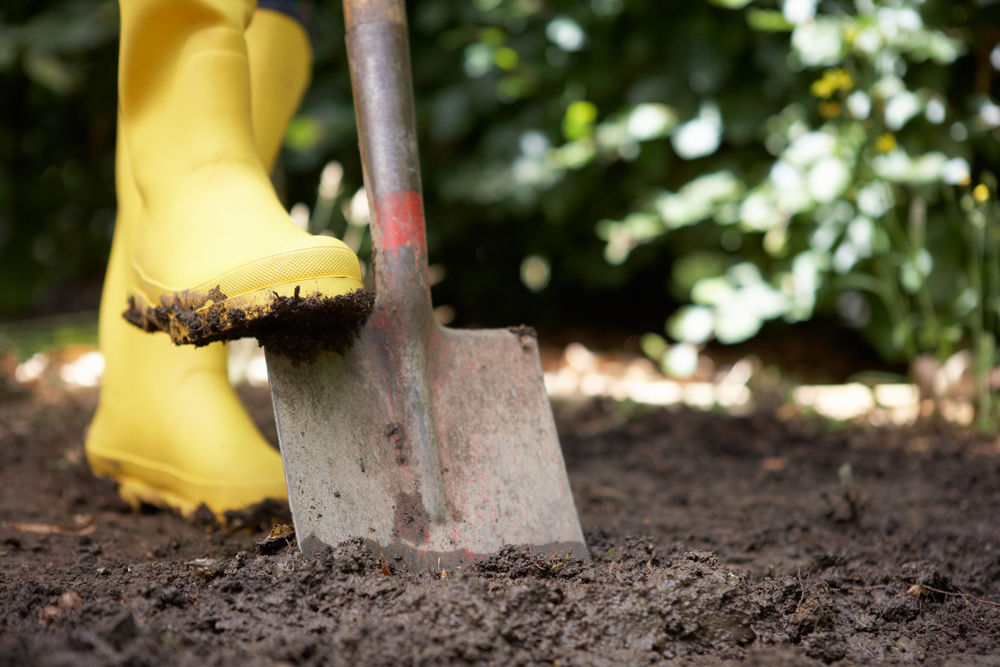
A spade is similar to a shovel but has a flatter, more angled blade. This tool is great for digging and edging, but if left uncleaned, dirt and moisture can cause the metal parts to rust. Start by cleaning the blade of the spade to remove soil and organic matter. Wash the blade with water and dry it thoroughly, making sure no moisture remains to prevent rusting.
Once dry, sharpen the blade to keep it effective for digging tasks. A sharp edge allows for easier soil penetration and clean cuts. Apply a coat of oil to the metal parts to prevent rust and keep the tool in good working order. Store the spade in a dry location, ideally hanging, to prevent it from coming into contact with moisture.
Garden Shears
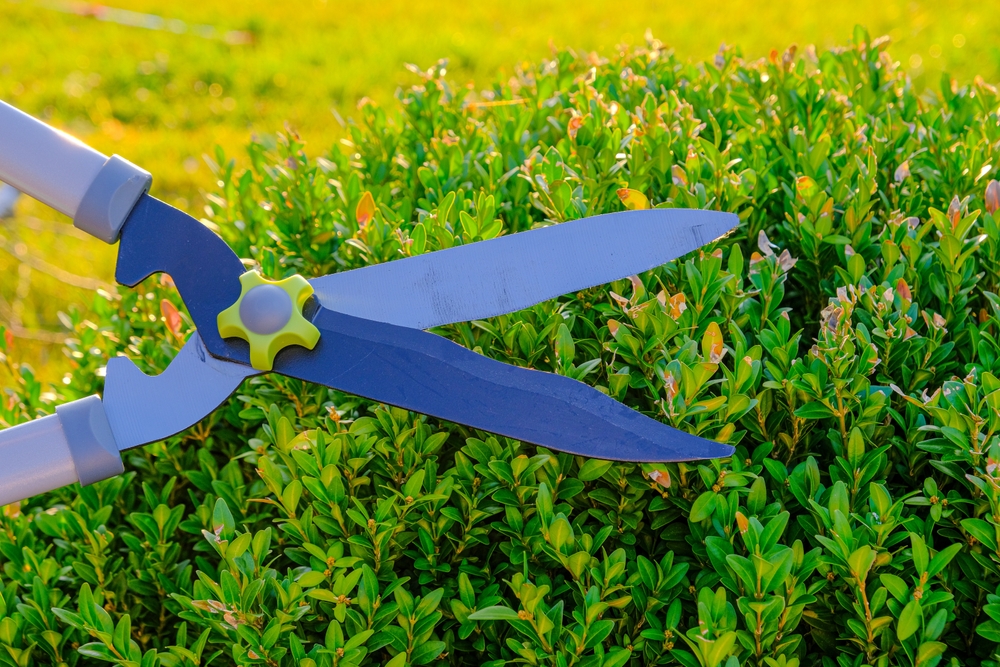
Garden shears, or hedge shears, are commonly used to trim bushes, hedges, and small trees. Over time, plant sap and dirt can build up on the blades, making them harder to use. Cleaning the shears is the first step. Use soapy water and a brush to scrub the blades thoroughly. After rinsing, dry the blades completely to prevent any moisture from causing rust.
Sharpen the shears to keep them cutting cleanly and efficiently. A dull blade will make your trimming efforts harder and less precise. Finally, lubricate the pivot points with oil to ensure smooth operation. Store the shears in a dry place to prevent rust and ensure that they are ready for the next season of trimming.
Garden Fork
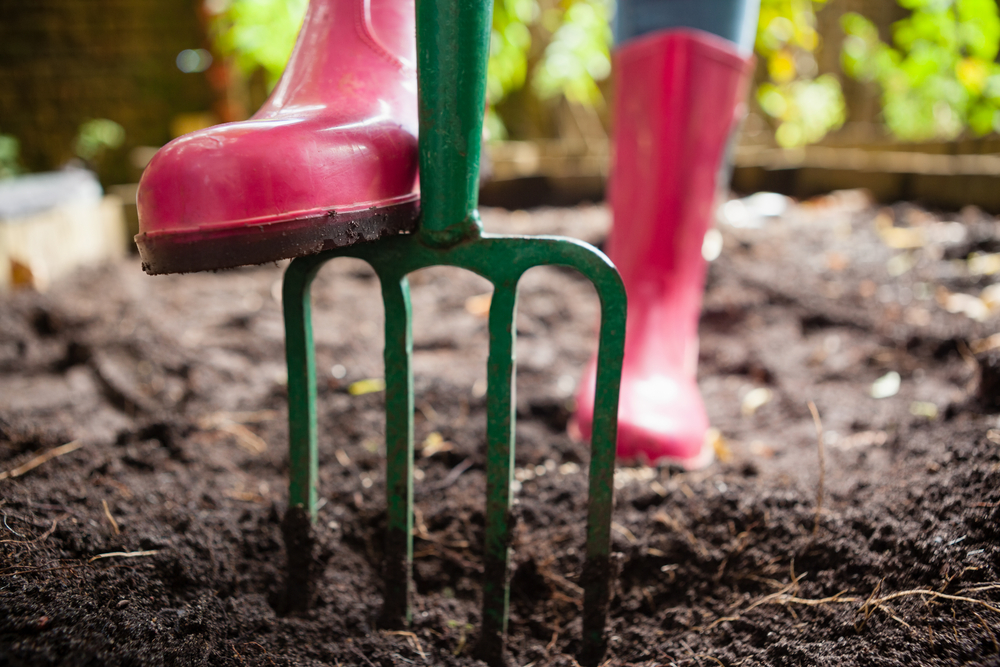
Garden forks are ideal for turning soil and aerating your garden. After use, they can get caked with soil, which can cause rust and damage over time. Clean the fork thoroughly by removing any soil, and rinse it off with water. After drying, check the tines for any signs of bending or damage. If necessary, straighten the tines to ensure the tool continues to work efficiently.
Sharpen the tines if they are dull to make the fork more effective when you use it next. Apply a layer of oil to the metal parts to prevent rust and keep the fork in good working condition. Store the fork in a dry, cool place, away from any moisture, to ensure it remains functional for the next gardening season.
Lawn Mower
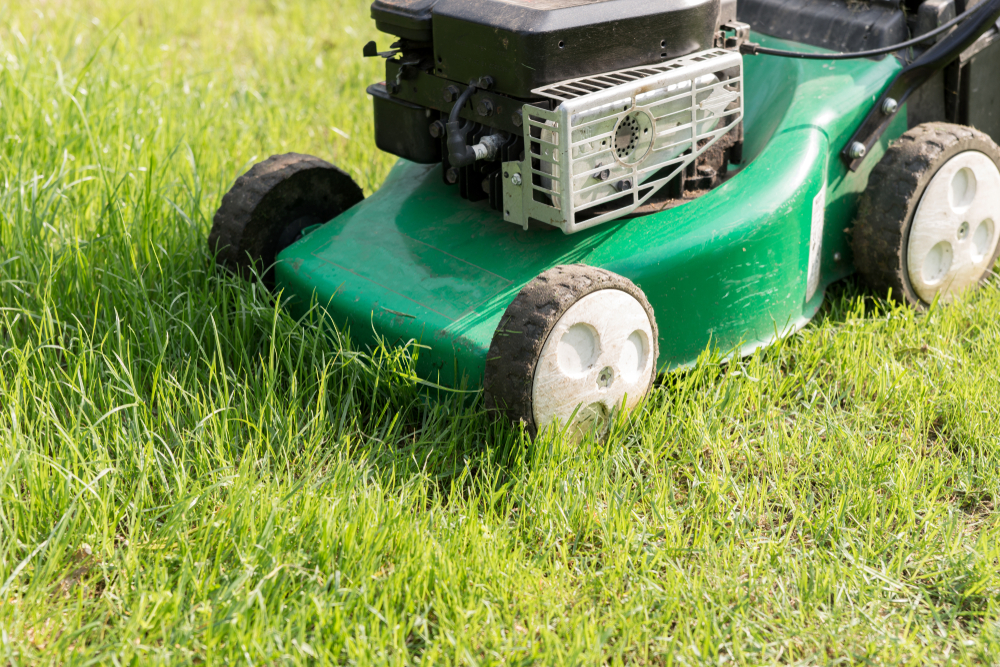
Lawn mowers are one of the most used tools in the garden, and they can accumulate grass clippings, dirt, and debris in various parts. After the mowing season is over, clean the mower thoroughly, starting with the underside of the deck where grass often clings. Remove the grass clippings and scrub the deck with a brush to remove any remaining debris.
Check the blades for any damage and sharpen them to ensure they remain effective for next season. Changing the oil and replacing the spark plug will help keep the engine in good condition. Store your lawn mower in a dry place, preferably in a shed or garage, to avoid rusting during the winter months.
Garden Gloves
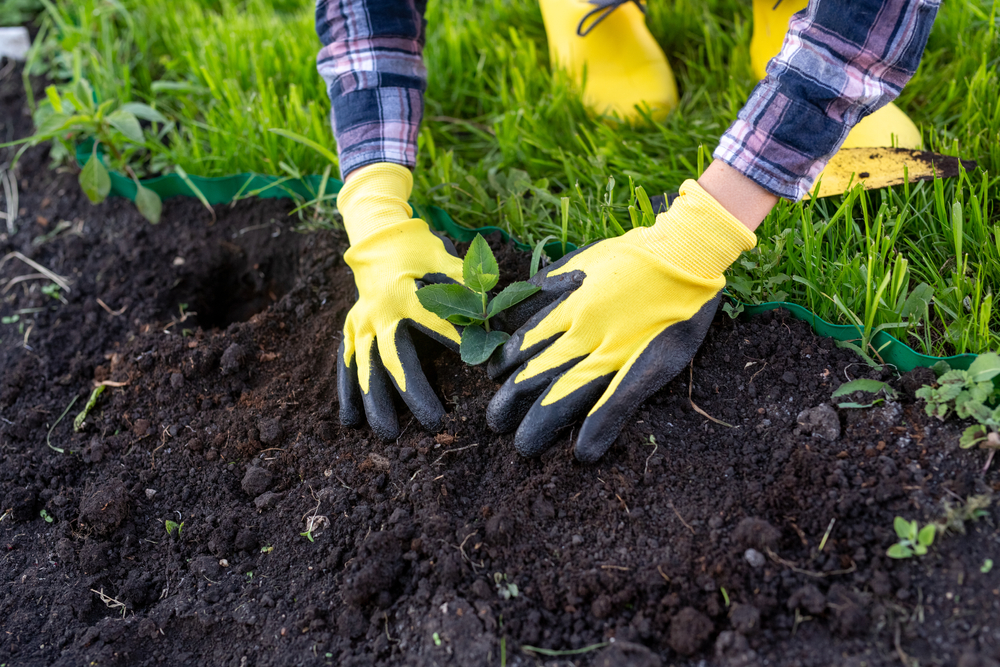
While gloves might not require as much attention as some of the other tools, it is still important to clean them before storing them for the winter. Dirt and plant material can build up on gloves, leading to wear and tear. Wash the gloves with mild soap and water, and allow them to air dry completely.
If you use leather gloves, consider applying a leather conditioner to prevent them from drying out and cracking. Store the gloves in a cool, dry place to prevent mildew and keep them in good condition for the next gardening season.
This article originally appeared on Avocadu.
